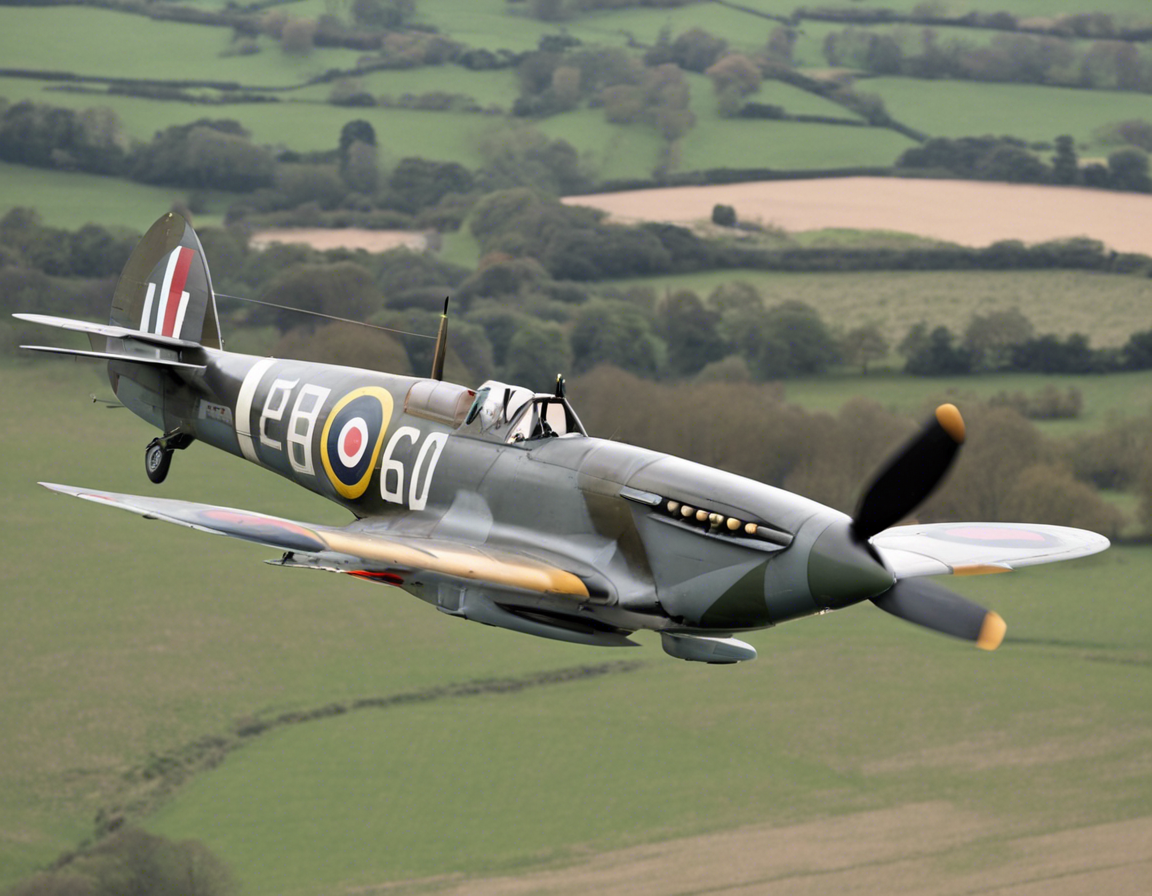Introduction
The aviation industry has always been a high-risk field, with pilots facing various dangers every time they take to the skies. Unfortunately, recent news of a Royal Air Force (RAF) pilot tragically losing his life in a Spitfire crash serves as a stark reminder of the inherent risks involved in flying. A devastating incident such as this not only impacts the pilot’s family and loved ones but also sends shockwaves through the aviation community at large.
Understanding the RAF Pilot
RAF pilots are highly skilled individuals who undergo rigorous training to operate some of the most advanced military aircraft in the world. These pilots play a crucial role in defending their country’s airspace, conducting surveillance missions, and providing support during combat operations. Flying a historic aircraft like the Spitfire requires a deep understanding of its mechanics and aerodynamics, as well as exceptional piloting skills.
The Spitfire: A Legendary Aircraft
The Spitfire is a legendary aircraft that played a pivotal role in the Battle of Britain during World War II. Known for its speed, agility, and iconic design, the Spitfire is beloved by aviation enthusiasts around the world. However, despite its historical significance, flying a Spitfire comes with its own set of challenges, given its age and unique characteristics.
Investigating the Crash
When a tragic event like a Spitfire crash occurs, aviation authorities launch thorough investigations to determine the cause of the accident. Factors such as mechanical failure, pilot error, weather conditions, and air traffic control communications are carefully scrutinized to understand what led to the crash. The goal of these investigations is not only to establish accountability but also to prevent similar incidents from happening in the future.
Coping with Loss
The loss of an RAF pilot in a Spitfire crash has a profound impact on the entire aviation community. Fellow pilots, ground crew members, and aviation enthusiasts mourn the tragic loss and come together to support one another during this difficult time. It serves as a poignant reminder of the risks that pilots face every time they take to the skies and highlights the importance of safety protocols and ongoing training in the aviation industry.
Moving Forward
In the aftermath of a tragic event like a Spitfire crash, the aviation industry must reflect on what lessons can be learned to improve safety and prevent similar incidents in the future. This may involve enhancing training protocols, conducting more regular maintenance checks on vintage aircraft, and prioritizing pilot well-being to ensure they are mentally and physically prepared for their demanding roles.
Conclusion
The loss of an RAF pilot in a Spitfire crash is a somber reminder of the risks associated with flying, particularly in military aviation. As the aviation community mourns the tragic loss, it also serves as a wake-up call to reevaluate safety procedures, training protocols, and aircraft maintenance practices to prevent such incidents from occurring again in the future. Despite the inherent dangers of flying, RAF pilots continue to uphold their duty with courage and dedication, ensuring the skies remain safe and secure.
FAQs
1. What is the Royal Air Force (RAF)?
The Royal Air Force (RAF) is the aerial warfare branch of the British Armed Forces, responsible for defending the UK’s airspace and conducting air operations both domestically and internationally.
2. What is a Spitfire?
The Spitfire is a legendary British fighter aircraft that played a significant role in World War II, particularly during the Battle of Britain. It is known for its speed, agility, and iconic design.
3. What factors can contribute to an aircraft crash?
Aircraft crashes can occur due to a variety of factors, including mechanical failure, pilot error, adverse weather conditions, air traffic control miscommunications, and other external factors.
4. How do aviation authorities investigate aircraft crashes?
Aviation authorities conduct thorough investigations into aircraft crashes, analyzing flight data, cockpit voice recordings, maintenance records, and other relevant information to determine the cause of the accident.
5. What safety measures are in place to prevent aircraft crashes?
Safety measures to prevent aircraft crashes include stringent pilot training programs, regular maintenance checks on aircraft, adherence to air traffic control protocols, and the implementation of advanced technology for navigation and communication.
